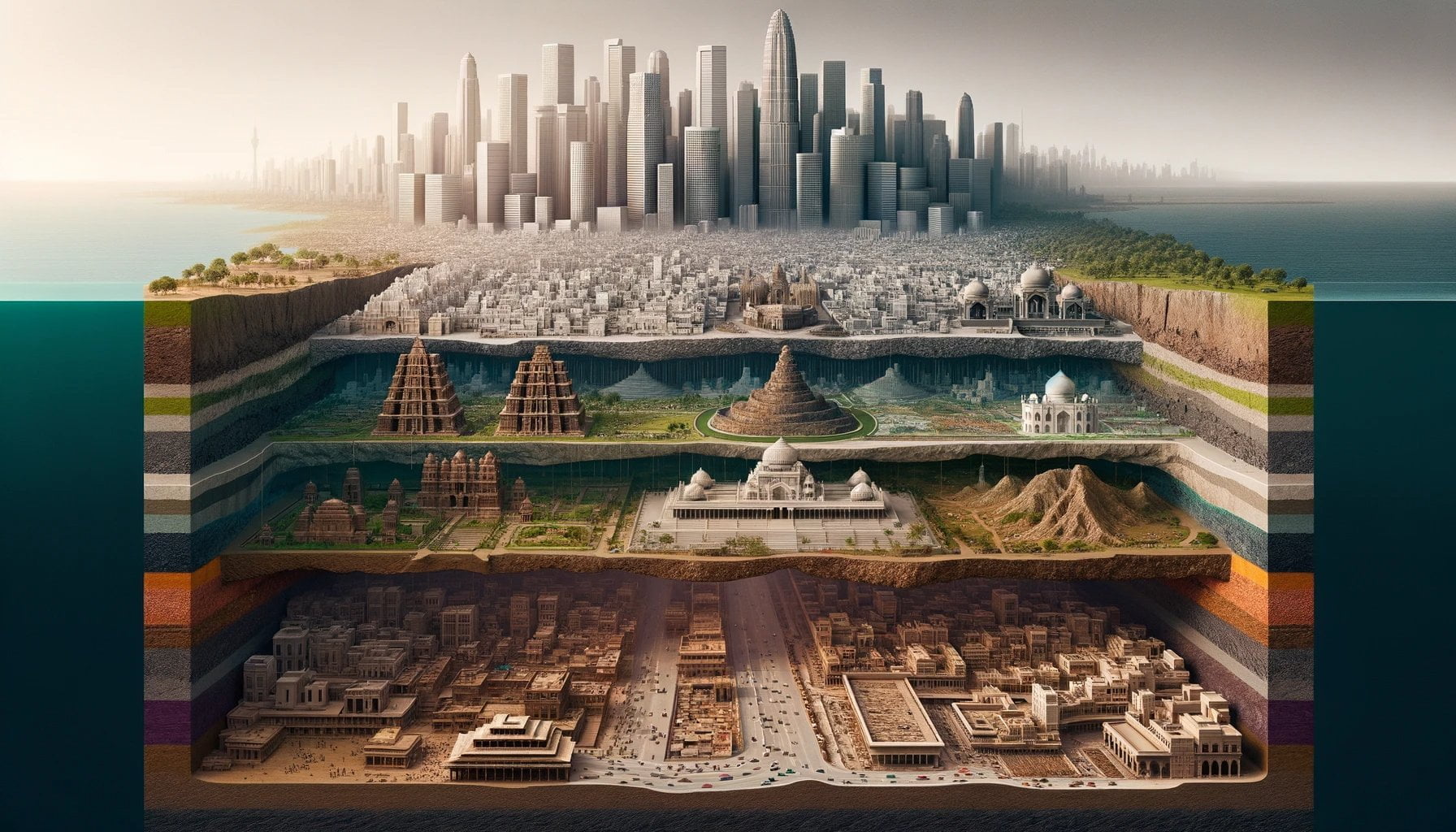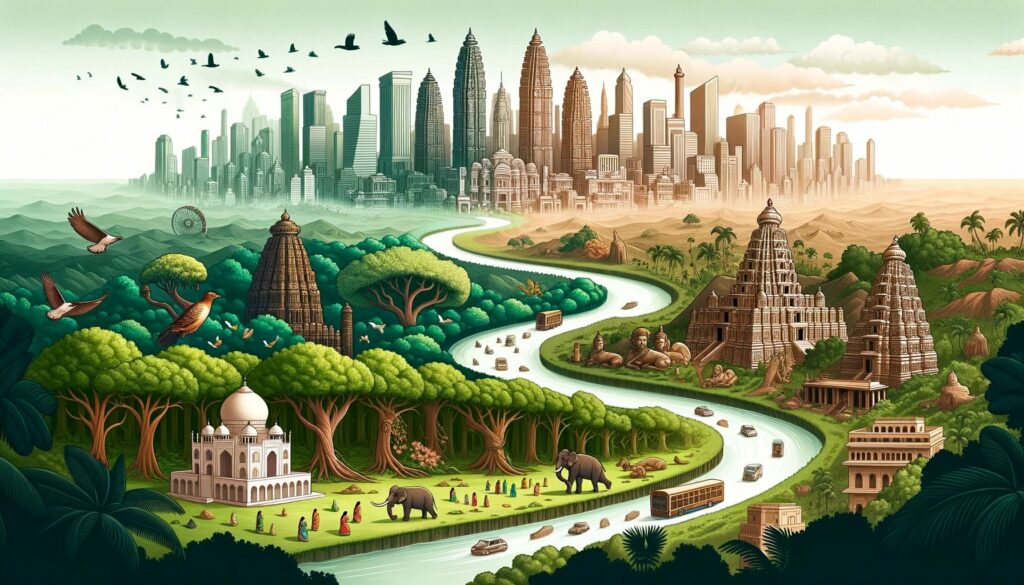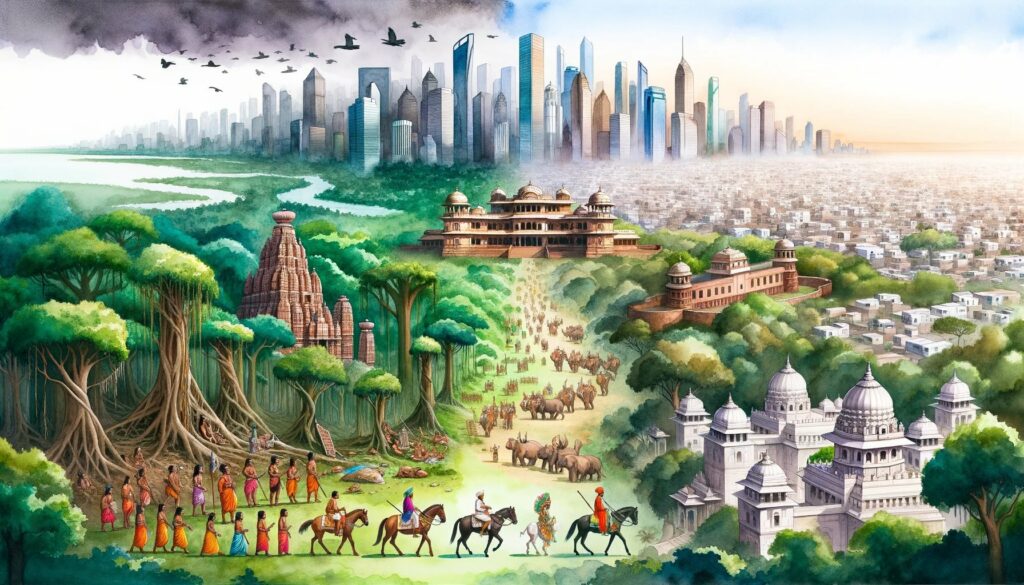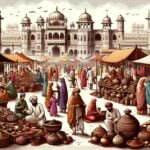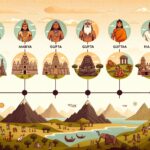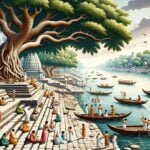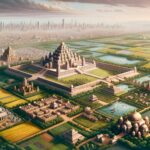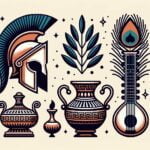Unveiling India’s Historical Trajectory: Exploring the Three Key Periods takes readers on a captivating journey through the rich tapestry of Indian history. Delving into the intricacies of this diverse subcontinent, this article uncovers the three significant periods that have shaped India’s past. With a seasoned history researcher’s expertise and a passion for storytelling, this exploration illuminates India’s historical trajectory, providing readers with a deeper understanding of the captivating civilizations that have left their mark on this ancient land.
What are the 3 periods of Indian history?
India’s historical trajectory is a fascinating tapestry woven together by three distinct periods: Ancient India, Medieval India, and Modern India. These periods hold the key to understanding the rich and diverse history of this subcontinent. Let us embark on a journey through time as we delve into each period and uncover the remarkable events that have shaped India’s past.
Ancient India: Unveiling the Secrets of the Past
Ancient India casts a mesmerizing spell with its tales of ancient civilizations and cultural marvels. This period encompasses thousands of years, beginning with the activities of proto-humans (Homo erectus) in the Indian subcontinent around 2 million years ago. As we travel through time, we encounter the presence of Homo sapiens from 70,000 BC.
One of the most enigmatic civilizations of Ancient India was the Indus Valley Civilization. Flourishing from around 2600 to 1900 BCE, it unveiled a highly advanced urban society with planned cities, advanced drainage systems, and a script that is yet to be fully deciphered. The remnants of their sophisticated culture provide us with valuable insights into early urbanization and trade networks.
The timeline of Ancient India further progresses into the Bronze Age, which commenced around 3300 BCE. This era witnessed momentous developments in metallurgy, agriculture, and urbanization. It laid the foundation for subsequent periods, leaving a profound impact on the course of Indian history.
Medieval India: A Tapestry of Cultures and Conflicts
With the dawn of Medieval India, the subcontinent witnessed a convergence of cultures and a series of tumultuous events. The periodization of Indian history into Hindu, Muslim, and British periods gained widespread acceptance during this time.
The early medieval period was marked by the arrival of Muslim invaders from Central Asia. It led to the establishment of the Delhi Sultanate, a dynasty that ruled over large parts of North India from the 13th to the 16th century. The Delhi Sultanate brought significant changes to the political, cultural, and architectural landscapes of the subcontinent.
As we unravel the layers of Medieval India, we encounter the rise and fall of various dynasties, including the mighty Mughal Empire. This period witnessed a synthesis of Indian and Islamic cultures, resulting in the creation of magnificent architectural wonders such as the Taj Mahal and the Red Fort.
Modern India: From Colonial Rule to Independence
The advent of the Modern India period brought forth immense challenges and monumental struggles for independence. It marked a significant turning point in India’s historical trajectory, as the subcontinent transitioned from centuries of colonial rule to an independent nation.
The British Raj, which lasted from the 18th to the 20th century, deeply impacted the socio-political landscape of India. It fueled the rise of Indian nationalism, leading to various movements and protests against British rule. Visionaries such as Mahatma Gandhi and Jawaharlal Nehru played pivotal roles in mobilizing the masses and spearheading the fight for freedom.
In 1947, India finally achieved independence, marking the birth of a new nation. The post-independence era witnessed the challenges of nation-building, the partition of India and Pakistan, and the formulation of a democratic constitution. The consolidation of a diverse nation, riddled with socio-economic disparities, became a vital task for the new Indian government.
Unveiling the Tapestry of India’s Historical Trajectory
In conclusion, the three key periods of Indian history—Ancient India, Medieval India, and Modern India—unfold a rich tapestry of civilizations, conflicts, and cultural evolution. From the remarkable Indus Valley Civilization to the Mughal Empire’s architectural wonders, and finally to India’s struggle for independence, each period holds its own significance in shaping the subcontinent’s diverse heritage.
As we delve deeper into the annals of India’s past, we gain a profound appreciation for the complexities and triumphs that contribute to its historical fabric. So, let us embark on this journey together, unlocking the stories of ancient civilizations, exploring the clash of cultures, and celebrating the resilience of a nation on its path towards progress and prosperity.
The rich and fascinating history of ancient civilizations never ceases to amaze us. One such civilization that is often overlooked, but holds a wealth of knowledge and wonder, is the ancient Indian civilization. From the Indus Valley Civilization to the Mauryan and Gupta Empires, the ancient Indian civilization boasts intricate city planning, advanced trade networks, and profound contributions in the fields of mathematics, science, and literature. Dive deep into this captivating world of ancient India by exploring our comprehensive guide on ancient Indian civilization. Uncover the secrets of magnificent temples, decipher ancient scripts, and unravel the mysteries of a civilization that laid the foundation for modern India. Join us on this enthralling journey as we delve into the heart of ancient India.
The Modern Period
The modern period in Indian history marks a significant shift in the country’s socio-political landscape. Spanning from the 18th century CE to the present day, this period is characterized by the arrival of European powers, British colonial rule, the Indian independence movement, and the formation of the Republic of India. It is in this era that India underwent profound changes, shaping the nation we see today.
British Colonial Rule and the Indian Independence Movement
One of the key events that defined the modern period was the arrival of the British in India. The British East India Company initially came as traders but gradually established political control over various parts of the country. As their influence grew, they implemented policies that benefited themselves and oppressed the local population. This period witnessed the gradual subjugation of the Indian kingdoms and the consolidation of British power.
As the 19th century unfolded, the Indians began to actively resist British rule. Influential leaders and organizations emerged, advocating for independence and challenging the oppressive colonial regime. The Indian National Congress, founded in 1885, became the principal platform for expressing nationalist aspirations. Under the leadership of figures like Mahatma Gandhi, Jawaharlal Nehru, and Subhash Chandra Bose, the Indian independence movement gained momentum.
The struggle for independence took various forms, including nonviolent protests, civil disobedience movements, and armed resistance. These efforts, coupled with a growing sense of national identity and unity, ultimately led to the end of British colonial rule and the emergence of a free India.
Formation of the Republic of India
On August 15, 1947, India finally achieved independence from British rule. It was a moment of great celebration and anticipation for the future. However, independence also brought with it numerous challenges. The country was divided into two separate nations, India and Pakistan, leading to communal violence and mass migrations.
In the years following independence, India underwent a process of nation-building and consolidation. The task of drafting a constitution fell upon the Constituent Assembly, which worked tirelessly to create a framework that would guide the newly independent nation. The Constitution of India, adopted on January 26, 1950, established India as a sovereign, socialist, secular, and democratic republic.
The formation of the Republic of India marked a turning point in the country’s history. It laid the foundation for a democratic system of governance and enshrined fundamental rights and freedoms for all citizens. The republic also set in motion a process of economic development and social reform, aimed at uplifting the lives of millions of Indians and building a strong and inclusive nation.
The Modern Period and its Impact
The modern period of Indian history has left a lasting impact on the country’s cultural, political, and socio-economic fabric. While British colonial rule brought about significant challenges, it also introduced India to ideas of modern governance, education, and infrastructure. The struggle for independence galvanized the nation and mobilized people from various walks of life towards a common goal.
Today, India stands as the world’s largest democracy, a testament to the efforts and sacrifices made by the leaders and citizens of the modern period. The country continues to face various challenges and undergo transformations, but the foundations laid during this era remain strong.
Understanding and studying the modern period is crucial for comprehending India’s historical trajectory. It provides valuable insights into the struggles, achievements, and aspirations of the Indian people, making it an essential part of the larger narrative of Indian history.
In conclusion, the modern period of Indian history, spanning from the 18th century CE to the present day, witnessed the arrival of the British, colonial rule, the Indian independence movement, and the formation of the Republic of India. This era holds immense significance in understanding the country’s cultural, political, and socio-economic developments. By delving into the events and transformations that shaped the modern period, we gain a deeper understanding of India’s historical trajectory and its evolution into the diverse and vibrant nation it is today.
FAQ
Question 1
What are the three periods of Indian history?
Answer 1
Indian history is divided into three major periods: ancient Indian history, medieval Indian history, and modern Indian history.
Question 2
What does the ancient period of Indian history refer to?
Answer 2
The ancient period of Indian history refers to the period from the earliest recorded times to the end of the Gupta Empire in the 6th century CE. It includes significant events like the Indus Valley Civilization, the Vedic period, the Mauryan Empire, and the Gupta Empire.
Question 3
What does the medieval period of Indian history encompass?
Answer 3
The medieval period of Indian history encompasses the time from the 6th century CE to the 18th century CE. It includes events like the Delhi Sultanate, the Mughal Empire, and the arrival of European powers in India.
Question 4
What is included in the modern period of Indian history?
Answer 4
The modern period of Indian history includes events from the 18th century CE to the present day. It encompasses British colonial rule, the Indian independence movement, and the formation of the Republic of India.
Question 5
Why are the three periods of Indian history significant?
Answer 5
The three periods of Indian history are significant for understanding the cultural, political, and socio-economic developments in the country. Studying these periods provides insights into the diverse subcontinent’s historical trajectory and helps foster a deeper understanding of India’s rich past.
- Star Ring Trends: Etsy vs Amazon - March 28, 2025
- Boost Pollinator Habitats: Baby Blue Eyes Sustainable Farming Guide - March 28, 2025
- Protect Big Black Bears: Effective Conservation Strategies - March 28, 2025
